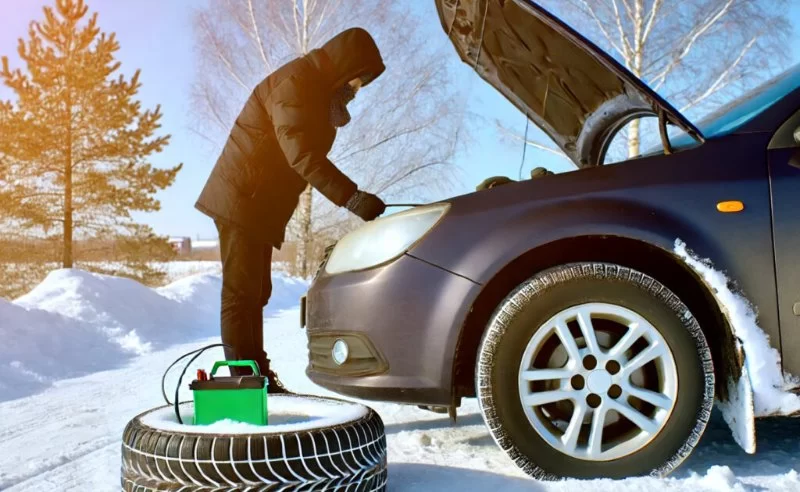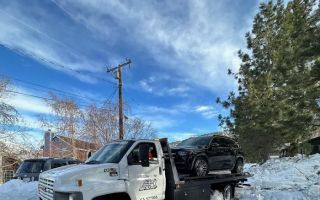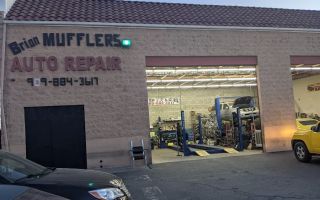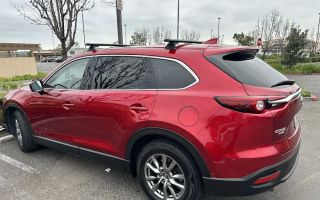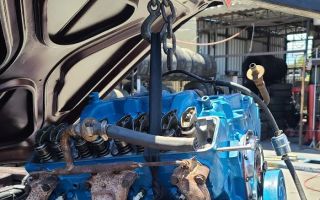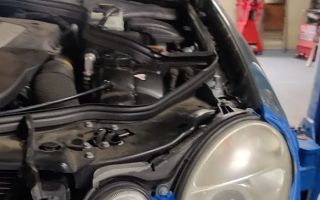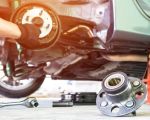- Winter-Car-Preparation-Overview
- Essential-Maintenance-Steps-Before-a-Winter-Trip
- Cold-Weather-Driving-Readiness
- Building-a-Winter-Survival-Kit
- Real-Life-Winter-Travel-Story
- Why-Professional-Help-Makes-Winter-Travel-Safer
Winter Car Preparation Overview
Knowing how to prepare your car for a winter trip can make the difference between a smooth seasonal adventure and a stressful roadside emergency. Winter weather in the U.S. can be unpredictable—temperatures plunge, roads ice over, and storms roll in without warning. That’s why taking the time to get your car winter-ready is not only responsible but essential for safety.
Many drivers assume winter preparation is only about snow tires, but there’s far more involved. Every major system in your vehicle—from the battery to the brakes—faces extra strain in freezing temperatures. By understanding these challenges, you can take thoughtful steps that protect both you and your passengers when conditions become harsh.

Pick Your Part - Help Yourself
1232 Blinn Ave, Wilmington, CA 90744, USA
Essential Maintenance Steps Before a Winter Trip
Preparing your vehicle for cold-weather travel starts with a thorough check of its core components. Even newer vehicles need attention because winter conditions can reveal weaknesses not noticeable during warmer months. Below are key areas to address.

Pick Your Part - Greer
13054 E Wade Hampton Blvd, Greer, SC 29651, USA
1. Inspecting Your Battery
Car batteries lose a significant portion of their cranking power when temperatures drop. A battery that performed fine in October may struggle in January. Mechanic testing can confirm whether your battery has enough strength for winter travel. If you've experienced slow starts recently, replacement may be wise before you hit the road.
2. Tire Health and Traction
Winter roads demand exceptional traction. Even all-season tires have limits on icy surfaces. Check tread depth, inspect for cracks, and ensure all tires—including the spare—are properly inflated. Some drivers choose winter-specific tires for improved grip and stability in snow-heavy regions.
3. Fluids Designed for Freezing Conditions
From antifreeze to winter-grade windshield washer fluid, swapping in cold-weather formulas makes driving safer and prevents damage. Regular engine oil can thicken in freezing temperatures, so consider an oil type recommended for winter use, especially if heading into severe cold zones.
4. Brake System Evaluation
Your braking system must be flawless during winter conditions. Ice and snow already reduce traction, so compromised brakes turn routine stops into hazards. Professional inspections can detect brake pad wear, rotor problems, or low brake fluid levels.
Cold Weather Driving Readiness
Knowing how to prepare your car for a winter trip goes beyond maintenance. Winter driving requires planning, awareness, and preparation for unexpected situations. Below are critical areas to think through before setting off.
1. Understanding Road Conditions
Winter storms can change road surfaces within minutes. Black ice is especially dangerous because it’s invisible while making the pavement extremely slippery. Always check weather forecasts, road closures, and storm advisories before starting your drive.
2. Ensuring Visibility
Visibility can drop dramatically during snowstorms or when roads are flanked by tall snowbanks. Before traveling, confirm that your windshield wipers are functioning well and install winter wiper blades if necessary. Make sure headlights, taillights, and fog lights are clean and bright.
3. Preparing Warm Gear Inside Your Car
Even the most well-maintained vehicle can experience unexpected breakdowns. Winter gear such as gloves, thermal blankets, hats, and hand warmers can make long waits safer and more comfortable.
Building a Winter Survival Kit
A winter survival kit is not something you prepare only for cross-country expeditions—every driver should keep one. Winter emergencies often revolve around cold exposure, minimal visibility, or car malfunctions. Your kit should help you stay safe until help arrives.
1. Essential Items
Include jumper cables, a flashlight, a snow brush, an ice scraper, bottled water, and non-perishable snacks. These basics solve many common roadside issues without requiring assistance.
2. Emergency Tools
Traction aids such as sand or kitty litter, a small shovel, and reflective safety markers can prevent minor setbacks from becoming major incidents. These tools help free your vehicle from snow or improve visibility to other drivers.
3. Extra Cold-Weather Gear
Pack a pair of boots, spare socks, and a warm coat dedicated to emergencies. Storing these extras in your trunk ensures they're always available when needed.
Real-Life Winter Travel Story
One winter, a family from Colorado headed north to Montana for a holiday trip. They assumed their SUV was ready because it had performed flawlessly all year. But halfway through Wyoming, temperatures dropped drastically, and the car suddenly refused to start at a gas station. The culprit? An aging battery that hadn’t been tested before the trip.
They spent two freezing hours waiting for roadside assistance—proving that even experienced drivers can overlook critical winter preparation steps. Situations like this highlight why knowing how to prepare your car for a winter trip is more than a formality; it's essential protection.
Why Professional Help Makes Winter Travel Safer
While many winterization steps can be done at home, having professionals inspect your vehicle adds a reliable layer of safety. Mechanics can spot warning signs you might miss, such as small leaks, weak hoses, or brake inconsistencies.
If you're unsure whether your car is fully winter-ready, seeking help from trusted auto experts is a wise decision. At Rescue & Towing, you can find reliable services that ensure your vehicle is prepared for even the harshest winter travel conditions.

